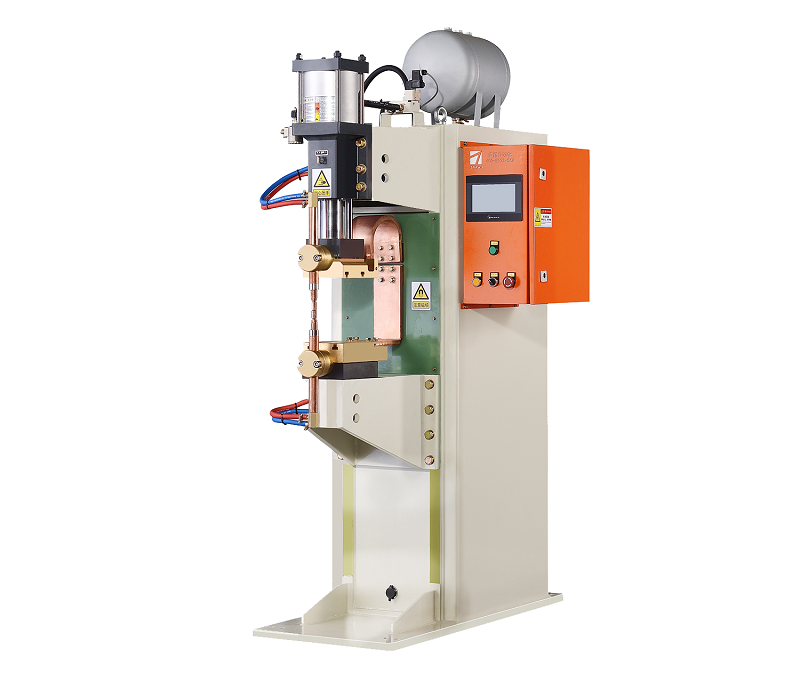Options for Medium Frequency Spot Welder Parameters?
Medium frequency spot welders are widely used in various industries for their ability to produce strong and precise welds in a short amount of time. These welders offer a range of parameter options that can be adjusted to achieve optimal welding results. In this article, we will explore the key parameter options available for medium frequency spot welders.

- Welding Current: One of the most critical parameters is the welding current, which determines the amount of heat generated during the welding process. Higher welding currents result in stronger welds, but excessive current can lead to material deformation or even burn-through. Finding the right balance is crucial.
- Welding Time: The welding time is the duration for which the welding current is applied to the workpieces. It plays a vital role in controlling the heat input and the overall quality of the weld. Too short a welding time might result in weak welds, while too long a time can cause overheating and damage to the materials.
- Electrode Force: The electrode force is the pressure applied to the workpieces during welding. Sufficient electrode force ensures good contact between the workpieces and helps in achieving consistent welds. However, excessive force can deform the materials or even lead to electrode wear.
- Electrode Diameter and Shape: The size and shape of the welding electrodes can impact the distribution of heat and pressure during welding. Selecting the right electrode diameter and shape for the specific application can contribute to uniform welds and minimize any unwanted effects.
- Electrode Material: Electrodes are usually made from copper alloys due to their excellent conductivity and heat resistance. Different electrode materials might be required based on the materials being welded and the desired weld quality.
- Welding Mode: Medium frequency spot welders often offer multiple welding modes, such as single-pulse, double-pulse, or multiple-pulse modes. These modes control the sequence and timing of the welding current pulses, affecting the weld penetration and nugget formation.
- Cooling Time: After the welding current is turned off, a cooling time is often applied before the electrodes are lifted. This allows the welded area to cool down and solidify, contributing to the weld’s overall strength.
- Polarity: Some medium frequency spot welders allow the polarity of the welding current to be adjusted. Polarity can affect the direction of heat flow and the overall weld quality.
- Pre-Welding and Post-Welding Phases: These are additional periods of lower current applied before and after the main welding pulse. They help in reducing material distortion and stress concentration around the weld zone.
In conclusion, the performance of a medium frequency spot welder greatly depends on the precise control of various welding parameters. Manufacturers and operators need to consider these options carefully to achieve the desired weld quality, strength, and consistency for specific applications. Proper parameter selection and adjustment can lead to efficient production processes and high-quality welded products.